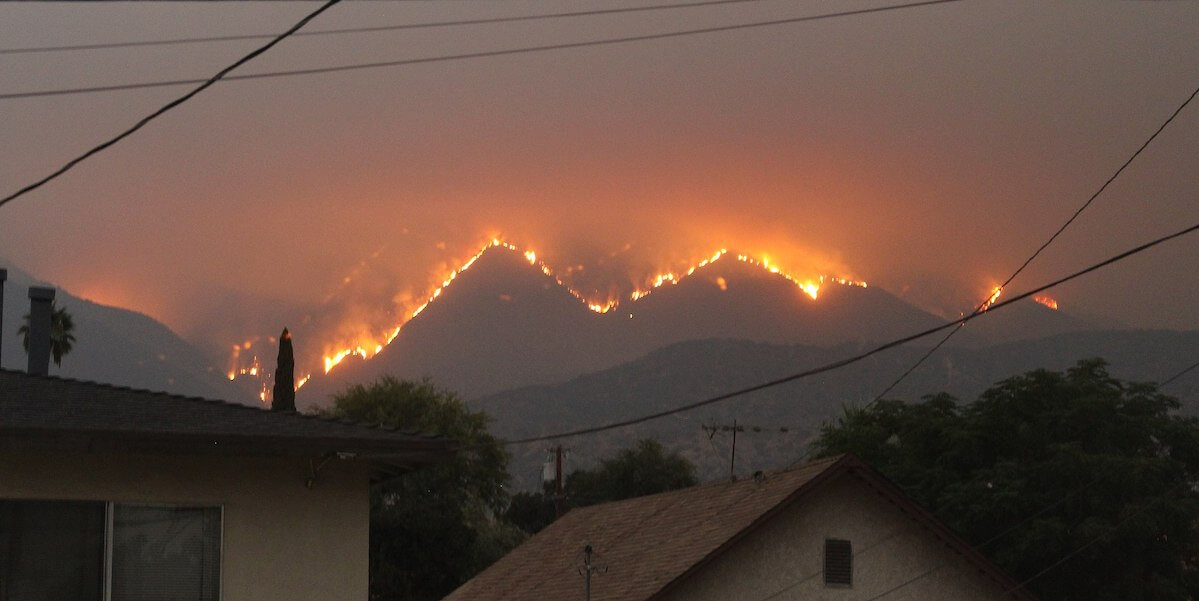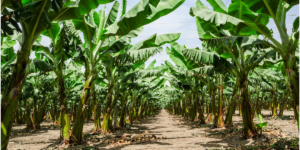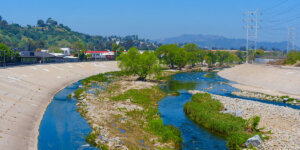
SoCal Fire, Photo credit: Eddiem360, CC BY-SA 4.0 <https://creativecommons.org/licenses/by-sa/4.0>, via Wikimedia Commons
For the past decade in Los Angeles and the State of California, the question is not if there will be wildfires—but rather when and where they will sprout up and how to protect people from these threats. As such, firefighters need to know how to plan and deploy limited resources.
One such solution is controlled burns of flammable brush to prevent worst-case scenarios of growing tinder that left unattended, provides fodder for megafires. With $5 million in support from the National Science Foundation’s Convergence Accelerator program, a team of researchers, which includes UC San Diego’s San Diego Supercomputer Center (SDSC), the University of Southern California’s Viterbi School of Engineering and the Tall Timbers Research Station in Florida, will bring the power of AI to help firefighters strategize how best to plan these controlled burns, as well as manage unexpected blazes.
SDSC will lead the effort through the development of “BurnPro3D”, a new decision support platform to help the fire response and mitigation community quickly and accurately understand risks and tradeoffs presented by a fire to more effectively plan controlled burns and manage wildfires.
The BurnPro3D platform will leverage SDSC’s WIFIRE Commons, a data-sharing and AI framework that uses next-generation fire science in prescribed burns for preemptive vegetation treatment and USC’s MINT modeling framework, which integrates highly heterogeneous models from separate disciplines, including geosciences, agriculture, economics and social sciences.
Ilkay Altintas, chief data science officer and director of the WIFIRE Lab at SDSC, is the project’s principal investigator (PI).
For the USC team, Yolanda Gil, Director of New Initiatives in AI and Data Science at USC’s Viterbi School of Engineering, will serve as the principal investigator.
“The NSF Convergence Accelerator program is all about innovation for societal impact. We have been developing key infrastructure and partnerships in this area for several years, and more recently working with collaborators at USC to include AI in various aspects of the project.” said Altintas.
USC’s Gil, a leading figure in AI, has long been bringing AI to bear on issues related to natural resources and the environment. Gil explains that AI can be employed to do automated reasoning about factors like wind speed and direction, slope as well as vegetation type and density, so it can quickly put together accurate models of how a controlled fire will evolve under different initial conditions. Further, says Gil, the AI will allow decision-makers to customize their mitigation strategies—for example, creating a customized plan if the preference is to burn only 20 percent of the vegetation in a location or to reduce the impact to air quality.
The project also has personal meaning for Gil, a long-time, Los Angeles-area resident who has seen the impact of natural disasters in California but also in her native Spain, which was recently impacted by volcanic eruptions on the Canary Islands. Her first work on AI for natural disasters dates back to the mid 1980s as a student intern, where she worked with a civil engineering research group on using expert systems to predict floods that frequently occur in the Ebro, the longest river in Spain.
In addition to Gil, USC brings major AI expertise to the project leadership. Bistra Dilkina, Co- Director of the Center for AI in the Society will contribute to this effort along with Michael Pazzani of the USC Information Sciences Institute. USC will contribute AI research in three key areas:
• using automated reasoning to select the best fire models for a given area’s conditions and access the necessary data;
• integrating physics-based machine learning with next-generation fire models and deep learning to understand complex processes that drive fire behavior;
• applying constraint optimization methods to address complex tradeoffs in the decision process for the placement and timing of controlled burns
Like Gil, Dilkina, has also long applied AI to understand the impacts of natural disasters and has also employed AI to address wildlife conservation efforts. Her efforts will focus on the optimization portion of this work.
Dilkina says, “Selecting the most effective spatial allocation of prescribed fires is a daunting task, as it involves complex fire dynamics, limited resources and multiple objectives. I am excited to help bring AI approaches to the table to provide much needed decision support to the agencies responsible for wildfire mitigation and response.”
Pazzani, a prominent machine learning researcher, brings to the project deep expertise in transparency and explanation which are crucial for AI decision support systems support.
BurnPro3D is one of 10 multidisciplinary research proposals that recently received a collective $50 million in NSF support, funded by the Convergence Accelerator program. According to Douglas Maughan, head of the NSF program, a convergence approach is essential to solving large-scale societal challenges, such as the massive fires that that burn regularly throughout the western United States.
Over the next two years, these teams will participate in an innovation and entrepreneurial curriculum that includes product development, intellectual property, financial resources, sustainability planning, and communications and outreach.
“The merging of ideas, techniques and approaches combined with human-centered design concepts and end-user insights assist our teams in transforming their ideas to a proof of concept, then prototype and finally a solution. With a three-year research model, we expect these teams to provide high-impact deliverables,” said Maughan.
The NSF launched the first phase in 2020 when 29 teams received support to develop their concepts and build their groups.
Published on September 27th, 2021
Last updated on May 16th, 2024












